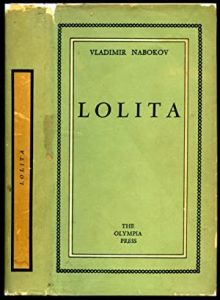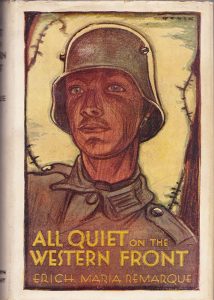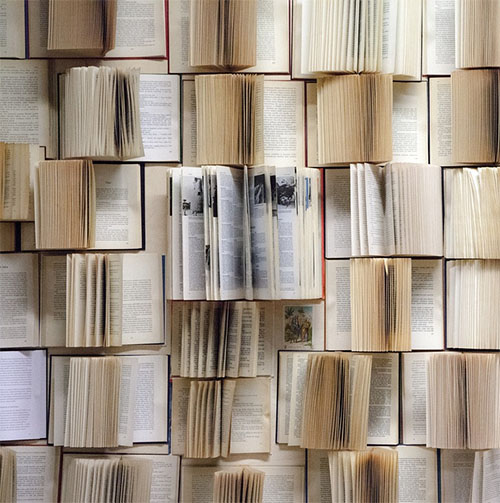Find Antique & Collectible Books and Compare Prices
The Timeless Allure of Collecting Antique Books
In an age dominated by digital technology, we would argue that the charm of physical books—especially antique ones—holds stronger than ever. While e-books and digital readers continue to redefine how we consume literature, the tangible allure of an old, leather-bound volume or the delicate yellowing of well-worn pages offers an irreplaceable connection to the past.
Even that musty old smell can be quite captivating for some! And, for both collectors and your everyday hobbyist, an antique book is more than just words on paper—it’s a portal to history, culture, and the countless hands that have turned its pages.

The story of books dates back to Johannes Gutenberg’s groundbreaking invention of the printing press in 1450. Since then, books have evolved in form, material, and style, yet the essence of a “book” has remained consistent.
The 19th and 20th centuries brought paperbacks, mass production, and widespread accessibility, while the 21st century introduced e-books and mobile devices. Paradoxically, these modern innovations have fueled a growing nostalgia for the tactile and historical qualities of antique books.
Why Antique Books Hold a Special Charm
What makes antique books so desirable?
For many, it’s the sensory experience: the musty aroma of aged paper, the delicate craftsmanship of hand-sewn bindings, or the ornate typography that harks back to another era.
Each book carries a story beyond its written words—the journey of its creation, the homes it has graced, and the lives it has touched.
Are Antique Books Valuable?
For collectors, the value of antique books often goes beyond sentimental appreciation. They offer an opportunity to uncover hidden treasures that may hold significant monetary value. With a keen eye and some research, collectors—affectionately known as “book hounds”—can unearth valuable gems at flea markets, thrift shops, estate sales, and online marketplaces (where our book price comparison comes in).
What Makes an Antique Book Valuable?
Not all old books are valuable and determining an antique book’s worth requires a discerning eye. Factors such as rarity, condition, historical significance, and demand all play a role. Here are some key elements to consider:
Edition and Printing: First editions are often the most sought-after, especially if they include a first printing. For instance, a pristine first printing of J.D. Salinger’s The Catcher in the Rye can fetch upwards of $5,000, while subsequent printings from the same edition might only bring in a few hundred dollars.
Author’s Fame and Timing:
Books published before an author rose to prominence or lesser-known works by renowned writers often hold unique value. For example, a lesser-known title by Mark Twain or a book self-published by a now-famous author can become a coveted find.
Condition: A book’s condition significantly impacts its value. Original dust jackets, minimal wear, and intact bindings are highly prized. Even minor details, like unique publisher marks or misprints, can add value.
Unique Features: Sometimes, quirky details dramatically increase a book’s worth. A first edition of Dr. Seuss’ Green Eggs and Ham in good condition might sell for $300, but add a rare “50-word vocabulary” sticker on its cover, and the price could skyrocket to $4,000 or more.

What to look out for when buying an Antique Book Online
1. Seller Reputation
• Check Ratings and Reviews: Look for sellers with consistently high ratings and positive feedback. Reliable sellers often provide accurate descriptions and respond promptly to inquiries.
• Professional Credentials: Some sellers are members of organizations like the Antiquarian Booksellers’ Association (ABA) or the International League of Antiquarian Booksellers (ILAB), which hold sellers to high ethical and professional standards.
2. Detailed Descriptions
• Edition and Printing Information: Look for precise details about the edition and printing, such as “First Edition” or “First Printing.” If the description is vague, ask the seller for clarification.
• Condition: Ensure the description covers key aspects like binding, dust jacket presence, page quality, and any defects (e.g., tears, stains, or markings).
• Unique Identifiers: Confirm details like the publisher, publication year, and ISBN (if applicable). Compare these with known bibliographic records to verify authenticity.
3. Photos
• High-Quality Images: Look for clear images of the book’s front cover, back cover, spine, title page, copyright page, and any unique features like inscriptions, illustrations, or publisher marks.
• Dust Jacket Details: If a dust jacket is included, its condition and authenticity significantly impact value.
• Inconsistencies: Check for mismatched elements, like a newer dust jacket on an older book, which could indicate tampering.
4. Provenance and Authenticity
• Signatures or Inscriptions: If the book is signed by the author, ensure the seller provides authentication or provenance details. Be cautious of forged signatures.
• Ownership History: Provenance adds value, especially for books once owned by notable individuals or with unique bookplates or inscriptions.
5. Pricing
• Compare Listings using usedbooksearch.net: Compsre prices in order to to gauge a book’s fair market value.
• Beware of Deals Too Good to Be True: Underpriced listings might signal a misrepresented or counterfeit item (make sure you do further investigation)
• Hidden Costs: Check shipping fees, especially for international orders, as they can be substantial for rare books.
6. Return Policy
• Clear Return Terms: Ensure the seller has a return policy, especially for misrepresented items.
• Refunds for Authenticity Issues: Look for guarantees regarding authenticity and the ability to return a book if it doesn’t meet expectations.
7. Communication
• Ask Questions: Reach out to the seller for additional details or photos if anything is unclear. A responsive seller is usually more trustworthy.
• Negotiate: Some sellers may be willing to negotiate prices, especially for higher-value items.
8. Common Red Flags
• Stock Photos: Listings with generic images instead of photos of the actual book are a major warning sign.
• Sparse Details: Vague or overly brief descriptions may indicate a lack of knowledge or an attempt to mislead buyers.
• New Sellers with No History: Avoid sellers without a track record, especially for high-value purchases.
9. Condition Specifics
• Foxing and Toning: Ask about the presence of discoloration or spots on pages. Minor foxing might be acceptable for older books, but extensive damage diminishes value.
• Rebinding or Repairs: While professional restoration can preserve a book, it may also affect its collectability. Clarify if any repairs were made and by whom.
• Odors: Older books may develop odors (like mildew), which can be a deal-breaker for some collectors (that musty charm has it’s limits!). Ask if the book has been stored in a smoke-free or climate-controlled environment.
10. Payment Security
• Use Secure Payment Methods: Pay via secure channels like PayPal, credit card, or the marketplace’s built-in system. Avoid direct bank transfers for unfamiliar sellers.
• Buyer Protection: Platforms like Alibris and Abebooks often offer buyer protection programs. Familiarize yourself with these policies before purchasing.
The Joys (and Profits) of Antique Book Collecting

Whether your goal is to build a personal library rich in history, turn a profit, or secure an heirloom for future generations, collecting antique books offers endless rewards.
Beyond their monetary value, these books connect us to a time when craftsmanship and storytelling were paramount. They can be a source of personal fulfilment, a savvy investment, or simply a way to preserve history.
Collecting antique books is a hobby that combines intellectual curiosity with the thrill of the hunt. Each acquisition is an adventure—a blend of history, artistry, and the personal stories bound within every volume.
Whether you’re a seasoned collector or just starting out, the world of antique books offers something truly special: the chance to hold history in your hands.

















